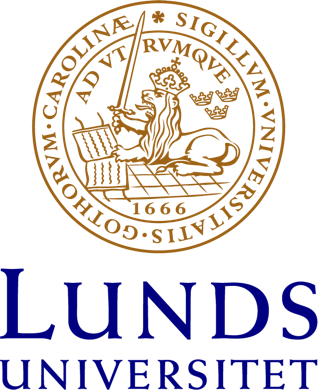Association of Docosahexaenoic Acid and Arachidonic Acid Serum Levels with Retinopathy of Prematurity in Preterm Infants
Importance: Supplementing preterm infants with long-chain polyunsaturated fatty acids (LC-PUFA) has been inconsistent in reducing the severity and incidence of retinopathy of prematurity (ROP). Furthermore, few studies have measured the long-term serum lipid levels after supplementation. Objective: To assess whether ROP severity is associated with serum levels of LC-PUFA, especially docosahexaenoi
